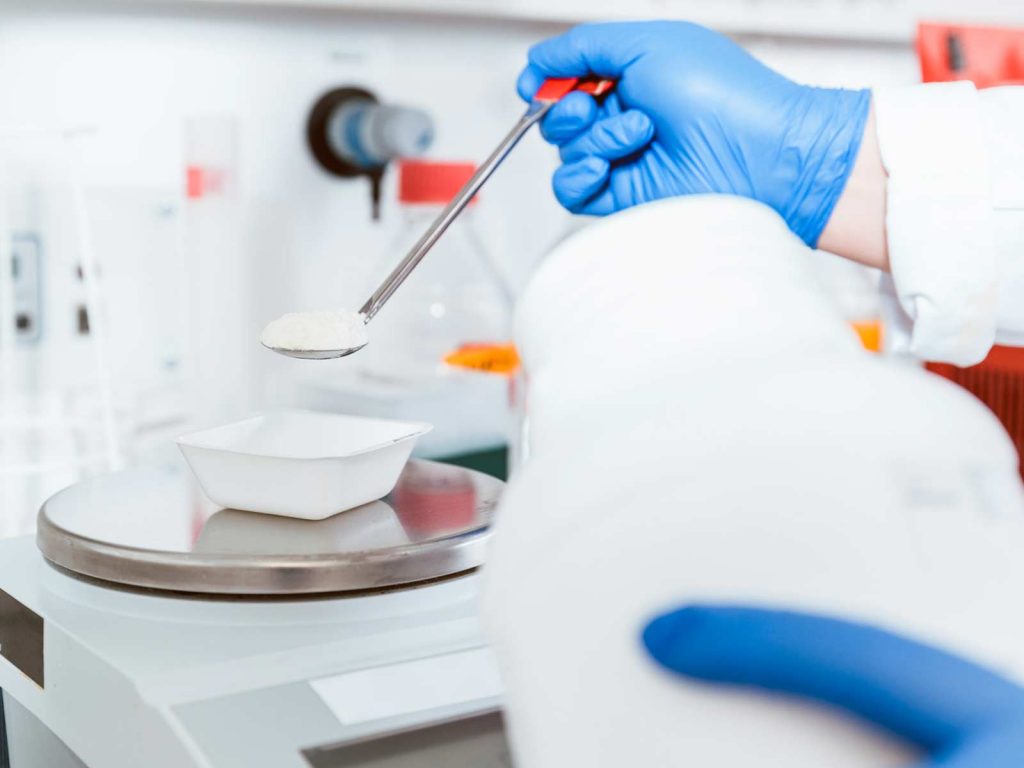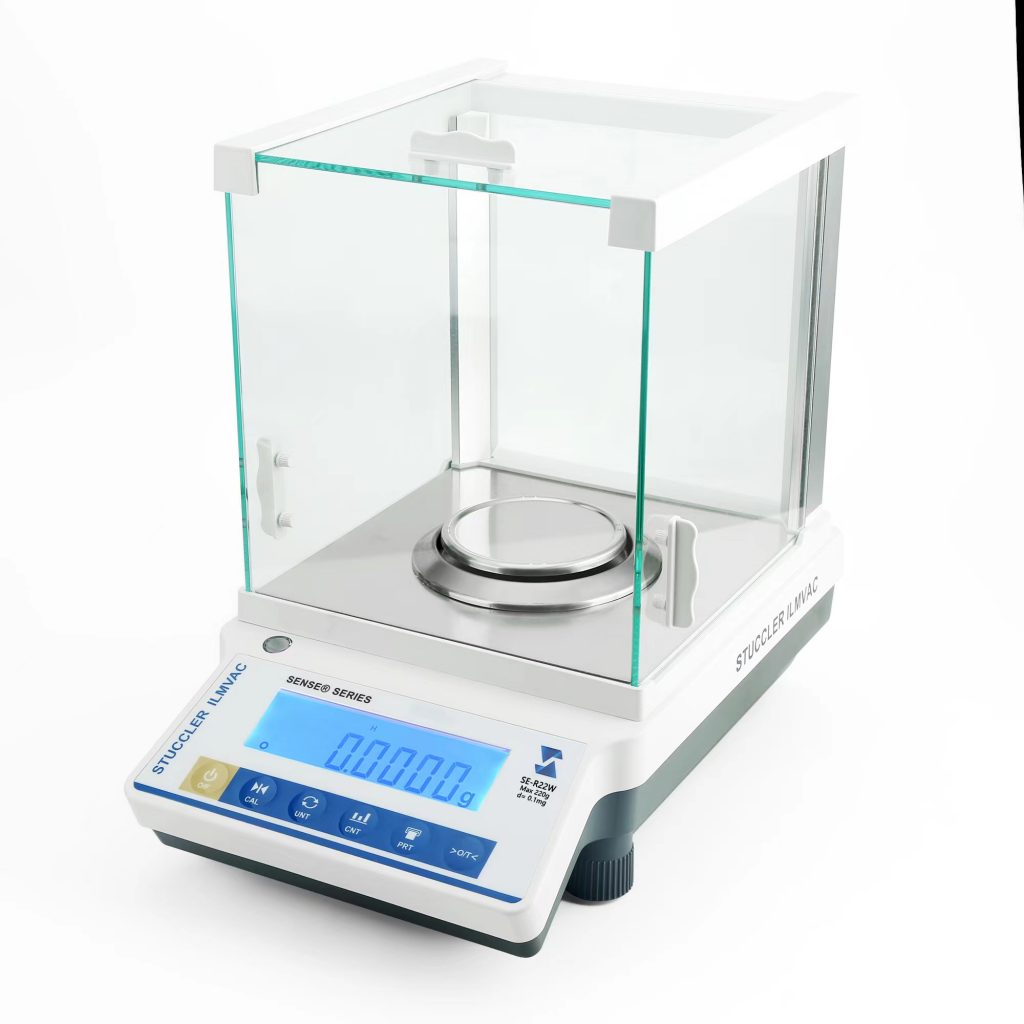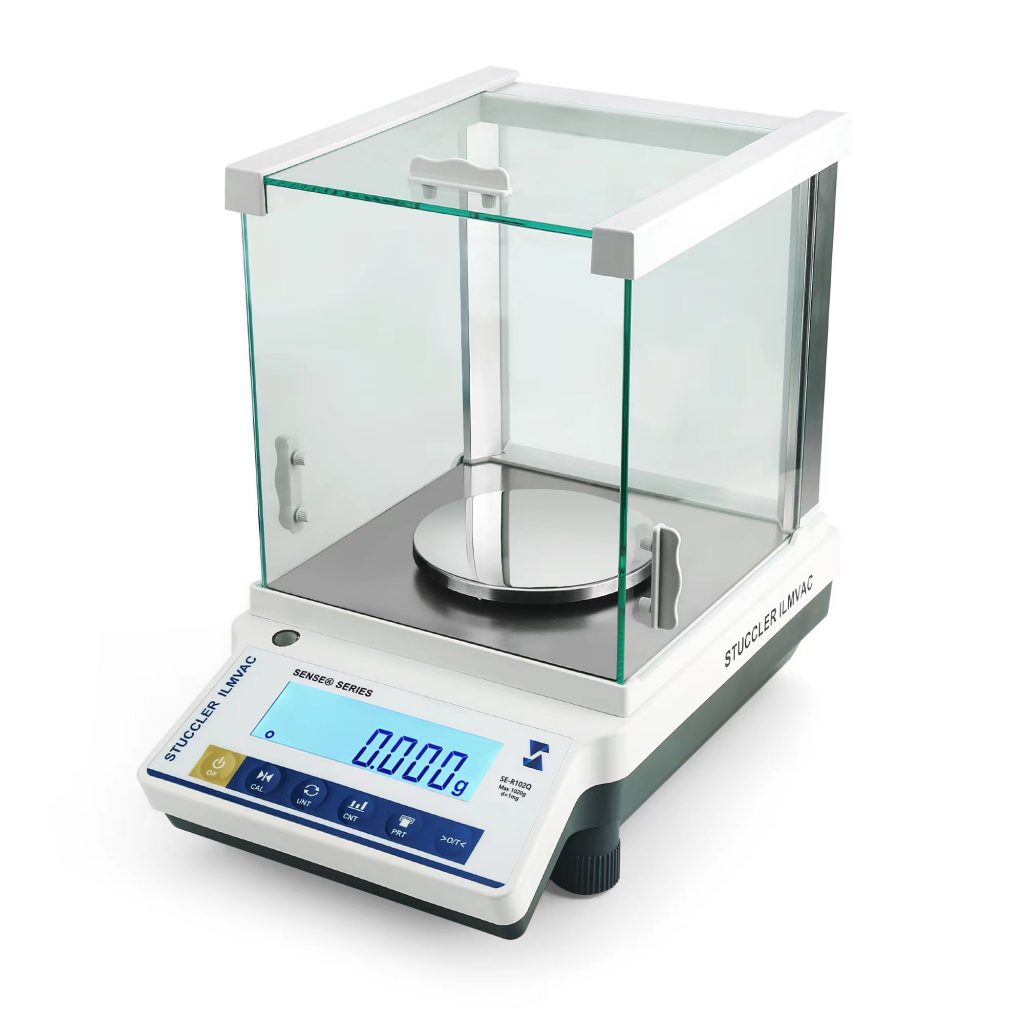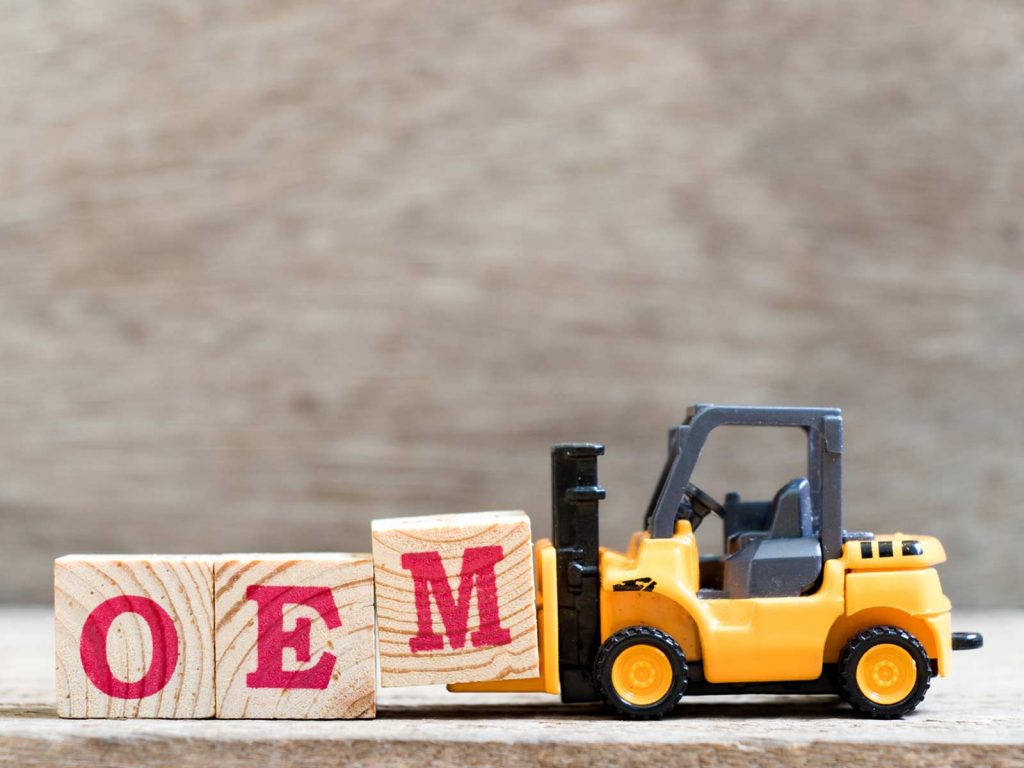How many types of balance are used in a laboratory?
Here are the different types of laboratory balances:ANALYTICAL BALANCE,MEDICAL BALANCE,MICROBALANCES,MOISTURE BALANCE,PLATFORM BALANCE,PRECISION BALANCE.”
What are the parts of the laboratory balance?
Parts of the Analytical Balance
Balance plate (pan) used as a container to put the sample of material to be measured in mass. …
Weights. serves as a tool to calibrate analytical scales. …
Water pass. a tool used to determine the position of the balance plate. …
‘Re-zero’ or ‘Tare’ button. …
‘Mode’ button.
What is the use of balance scale in laboratory?
A weighing balance is an instrument that is used to determine the weight or mass of an object. It is available in a wide range of sizes with multiple weighing capacities and is an essential tool in laboratories, commercial kitchens and pharmacies.
What scales are used in a lab?
Common laboratory balances and scales types are ultra-micro, micro, semi-micro, analytical, and precision balances. The readability of a balance is the smallest difference between two measured values that can be read on the display.
How do you maintain balance in a lab?
How to Use and Maintain Your Lab Balance
Position your unit correctly.
Let it warm up.
Don’t overload the balance.
Clean the unit regularly.
Calibrate it often.
What is Digital balance in laboratory?
When a weight is applied to the digital balance, an electronic circuit generates a current which is then converted into a digital readout on the display.
Does a laboratory balance measure weight or mass?
Traditionally, a balance had two pans and was literally used to measure masses of objects by balancing the two pans. Known weights were placed on one side and an amount of interest was placed on the other. A balance doesn’t measure weight, but it does measure mass.
What is laboratory weighing balance?
A weighing balance is an instrument which is used to determine the weight or mass of an object. Available in a wide range of sizes with multiple weighing capacities they are essential tools in laboratories, commercial kitchens and pharmacies to name but a few.








